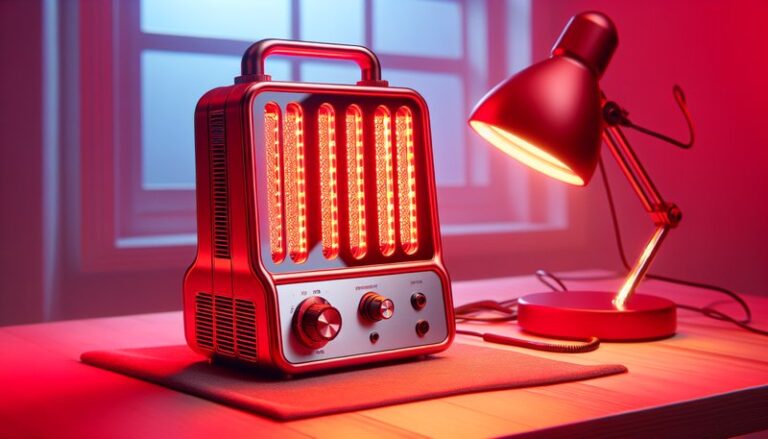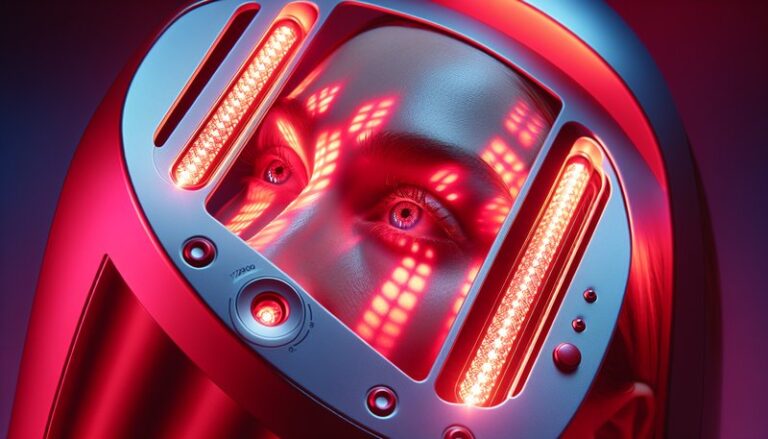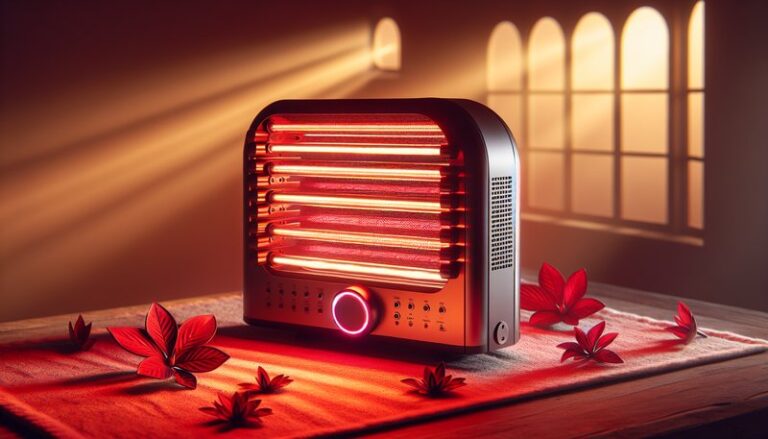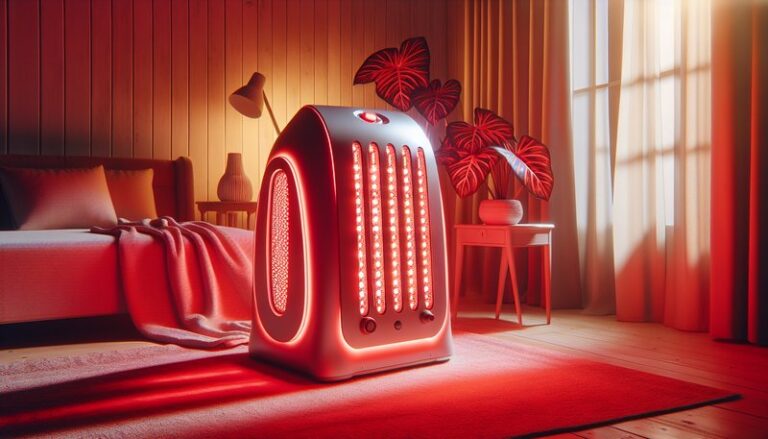What Is The Best Wavelength For Red Light Therapy?
What Is The Best Wavelength For Red Light Therapy?
Are you curious about the optimal wavelengths for red light therapy and how they can benefit your health?
This article will provide a comprehensive overview of red light therapy, focusing on the best wavelengths for achieving effective results. We will explore the benefits of these wavelengths, considerations for usage, and alternative therapies. Whether you are new to red light therapy or looking to enhance your understanding, this guide will set clear expectations.
Key Takeaways
- The most effective wavelengths for red light therapy generally range between 600-1000 nm.
- Different wavelengths target various biological processes, offering a range of therapeutic benefits.
- Proper technique and safety precautions can enhance the effectiveness and minimize any risks associated with treatment.
What is Red Light Therapy?
Red light therapy (RLT) is a treatment that uses low-level wavelengths of red light to stimulate healing and repair in the body. It works through photobiomodulation, a process that promotes cellular function by targeting mitochondria in the cells. This therapy is non-invasive and has gained popularity for its potential benefits in skincare, pain relief, and inflammation reduction.
Red light therapy can be administered through various devices, including LEDs, lasers, and light panels. The treatment is often used in clinics as well as in home settings, making it a versatile option for many users.
What are the Benefits of Red Light Therapy?
The following benefits highlight the reasons individuals are incorporating red light therapy into their wellness routines.
Enhanced Skin Health
Red light therapy is celebrated for its ability to improve skin appearance by boosting collagen production. Studies show that consistent use can reduce wrinkles, fine lines, and age spots, leading to a more youthful complexion.
Reduced Inflammation and Pain Relief
Many people find relief from chronic pain and inflammation through red light therapy. It is believed that the light penetrates tissue to reduce inflammation at the cellular level, helping conditions such as arthritis and tendonitis.
Improved Wound Healing
Research indicates that red light therapy can accelerate wound healing by increasing blood flow and stimulating cellular repair processes. This can be particularly beneficial after surgeries or injuries.
Enhanced Muscle Recovery
Athletes often use red light therapy to improve muscle recovery post-exercise. By facilitating more efficient energy production in cells, RLT may help reduce muscle soreness and speed up recovery time.
Is it Possible to Use Multiple Wavelengths in Red Light Therapy?
Yes, utilizing multiple wavelengths can enhance the therapy’s effectiveness. Different wavelengths penetrate the skin at different depths, targeting various tissues and ailments.
What are the Advantages of Using Multiple Wavelengths?
Using multiple wavelengths allows for a broader range of treatment applications. For example:
- Combination of Surface and Deep Tissue Care: Some wavelengths target superficial skin issues, while others penetrate deeper to address underlying pain or inflammation.
- Enhanced Effectiveness: By stimulating various cellular processes, users may experience quicker and more comprehensive healing.
What are the Disadvantages of Using Multiple Wavelengths?
While beneficial, there can be challenges in effectively combining wavelengths, such as:
- Equipment Complexity: Devices that utilize multiple wavelengths may be more costly and complicated to operate.
- Potential for Overexposure: Using varying wavelengths without proper guidance could lead to adverse effects, such as skin irritation.
What are the Things to Consider Before Starting Red Light Therapy?
Before starting red light therapy, several important considerations must be taken into account.
Consultation with a Healthcare Provider
Seek advice from a medical professional to ensure this therapy aligns with your medical needs, especially if you have underlying health conditions or are pregnant.
Choosing the Right Device
Select a device that emits the appropriate wavelengths for your needs. Check for third-party testing and certifications to ensure safety and efficacy.
Understanding Skin Sensitivity
Different skin types may respond differently to light therapy. Consider conducting a patch test to assess how your skin reacts before pursuing extensive treatment.
What are the Alternatives to Red Light Therapy?
If red light therapy doesn’t seem like the right fit, there are alternative treatments worth exploring.
Get the full picture in Is Red Light Therapy Heart-Healthy?
Cold Laser Therapy
Also known as low-level laser therapy, cold laser therapy uses similar principles to red light therapy but employs different wavelengths, primarily in the infrared range. It’s often used for pain management and tissue repair.
Heat Therapy
Heat therapy, such as using heating pads or infrared saunas, can help alleviate pain and stiffness by increasing blood flow and relaxing tight muscles.
Ultrasound Therapy
Ultrasound therapy involves the use of sound waves to promote healing in deeper tissues. This method is often employed in physical therapy settings for rehabilitation.
Conclusion: Is it Recommended to Use Red Light Therapy?
Red light therapy can provide significant benefits for a variety of health concerns, especially when the correct wavelengths are utilized. By understanding the optimal wavlengths and their applications, individuals can make informed choices about incorporating this therapy into their wellness routines. Always consult with a healthcare provider before embarking on any new treatment to ensure it is safe and effective for your personal needs.
Frequently Asked Questions
What is the best wavelength for skin rejuvenation?
The optimal wavelength for skin rejuvenation typically falls between 600-620 nm, which penetrates the skin effectively to stimulate collagen production.
How often should I use red light therapy?
Usage can vary based on individual needs, but many people find benefits with 3-5 treatments per week for 10-20 minutes, gradually adjusting as necessary.
Are there any side effects?
Most individuals do not experience any significant side effects. However, mild redness or warmth in the treated area can occur, especially with overuse.
Explore Red Light Therapy for Hair Growth?
Can I use red light therapy at home?
Yes, many effective home-use devices are available. Ensure you’re using a reputable product that emits the proper wavelengths for your desired outcomes.
Is red light therapy safe for all skin types?
Red light therapy is generally considered safe for all skin types, though individuals with specific conditions should consult a healthcare provider prior to use.





